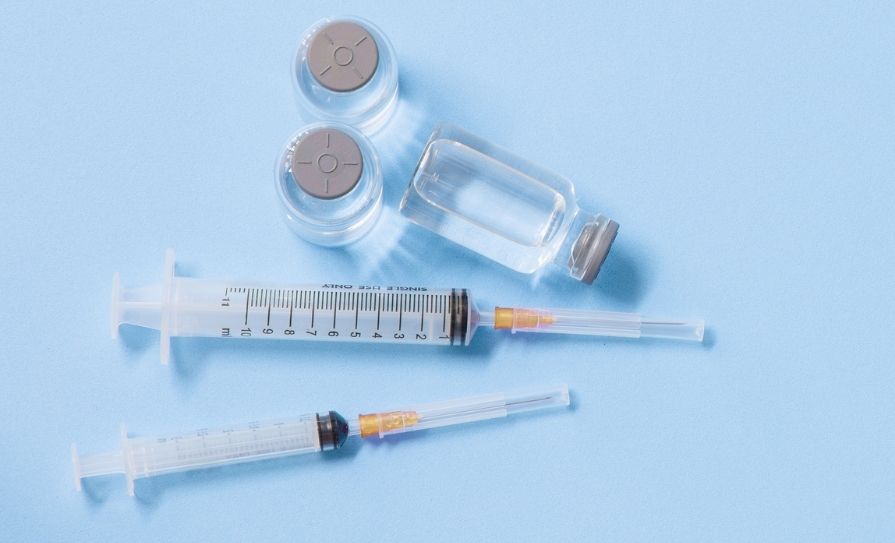New NUI Galway study challenges blood pressure guidelines
A major research study from NUI Galway has interrogated the implications for patients of new, lower blood pressure thresholds recommended in recently-released American and European medical guidelines for the treatment of high blood pressure.
The findings from the study indicate that up to 150,000 Irish adults who are newly eligible for treatment to a lower than previously-recommended blood pressure target, may in fact not benefit from increases in their doses or number of blood pressure medications. This may have knock-on implications for the national drugs bill.
The NUI Galway investigation, led by Prof Bill McEvoy, was conducted in collaboration with US investigators and is now published in the Journal of the American Medical Association (JAMA).
The investigators looked specifically at the new American diastolic blood pressure threshold of 80 for the diagnosis of hypertension. This new diastolic blood pressure threshold of 80 was a reduction from prior guideline recommendations that advised doctors to use a diastolic blood pressure of 90 or more to make a diagnosis.
Diastolic blood pressure is the lower of two readings reported when describing blood pressure values; the other, top number is called systolic blood pressure. High blood pressure can be diagnosed when either the systolic or diastolic (or in some cases both) numbers are above the threshold value.
The NUI Galway investigation looked at a type of high blood pressure or hypertension, termed isolated diastolic hypertension. This occurs when the systolic (top) number is normal (ie, below 130, according to new guidelines) but in contrast, the diastolic (bottom) number is high (ie, greater than or equal to 80, according to new guidelines).
Prof McEvoy and co-authors report that, when applying the new guidelines, approximately 5 per cent of the US adult population will be newly-diagnosed with high blood pressure (or hypertension) based on this pattern of isolated diastolic hypertension. That translates into approximately 12 million adults in the US being newly-diagnosed with this condition.
The corresponding Irish figure would be 100,000 new cases.
Prof McEvoy said: “Guidelines in both America and Europe advise that doctors treat blood pressure down to a level of 130/80 in the majority of patients. There is little doubt that treating the systolic (or top) blood pressure value down to 130 is beneficial and reduces heart disease and stroke. This is important to stress. However, the recommendation to also treat the diastolic (lower) value down to 80 is more controversial and our results would suggest that the more traditional target for diastolic blood pressure of 90 is also safe, as long as the top number is controlled below 130.
“By focusing on good control of the top number and by relaxing drug treatment goals for adults with isolated increases in the bottom diastolic blood pressure number, we may be able to avoid potential over-treatment of a lot of people and instead focus on healthy diet and lifestyle.”







